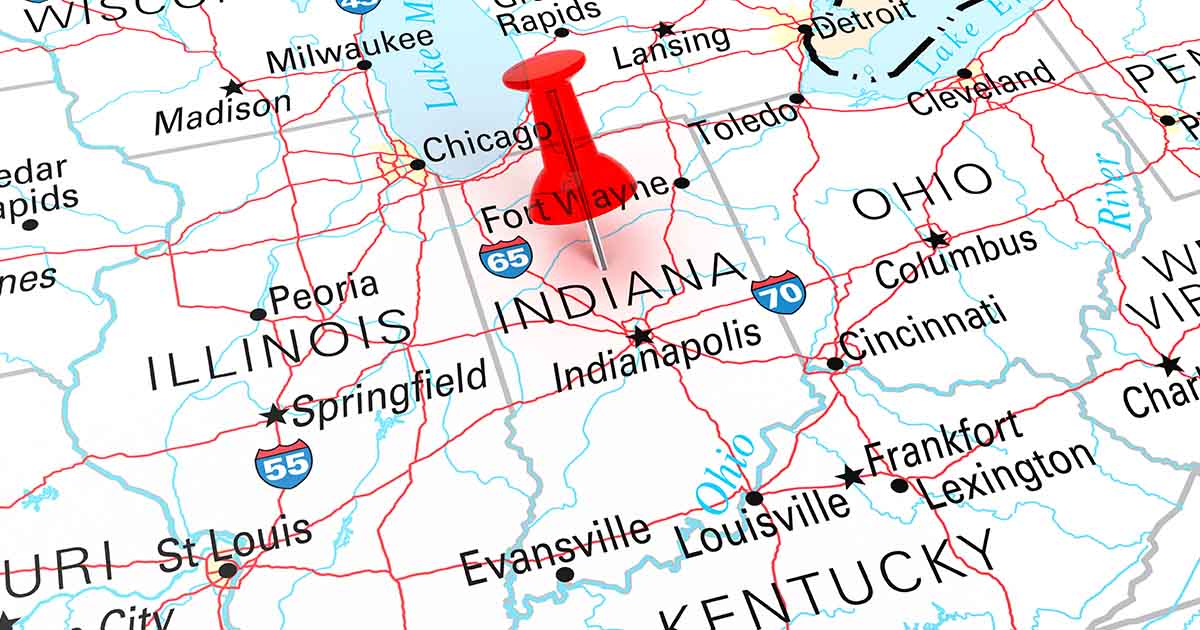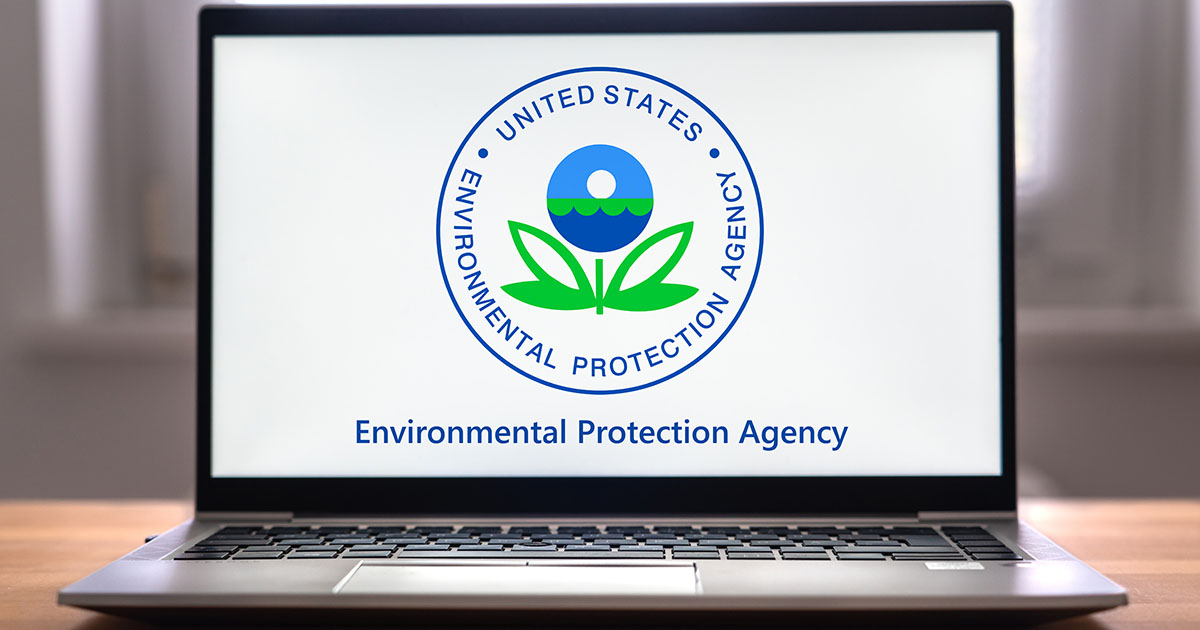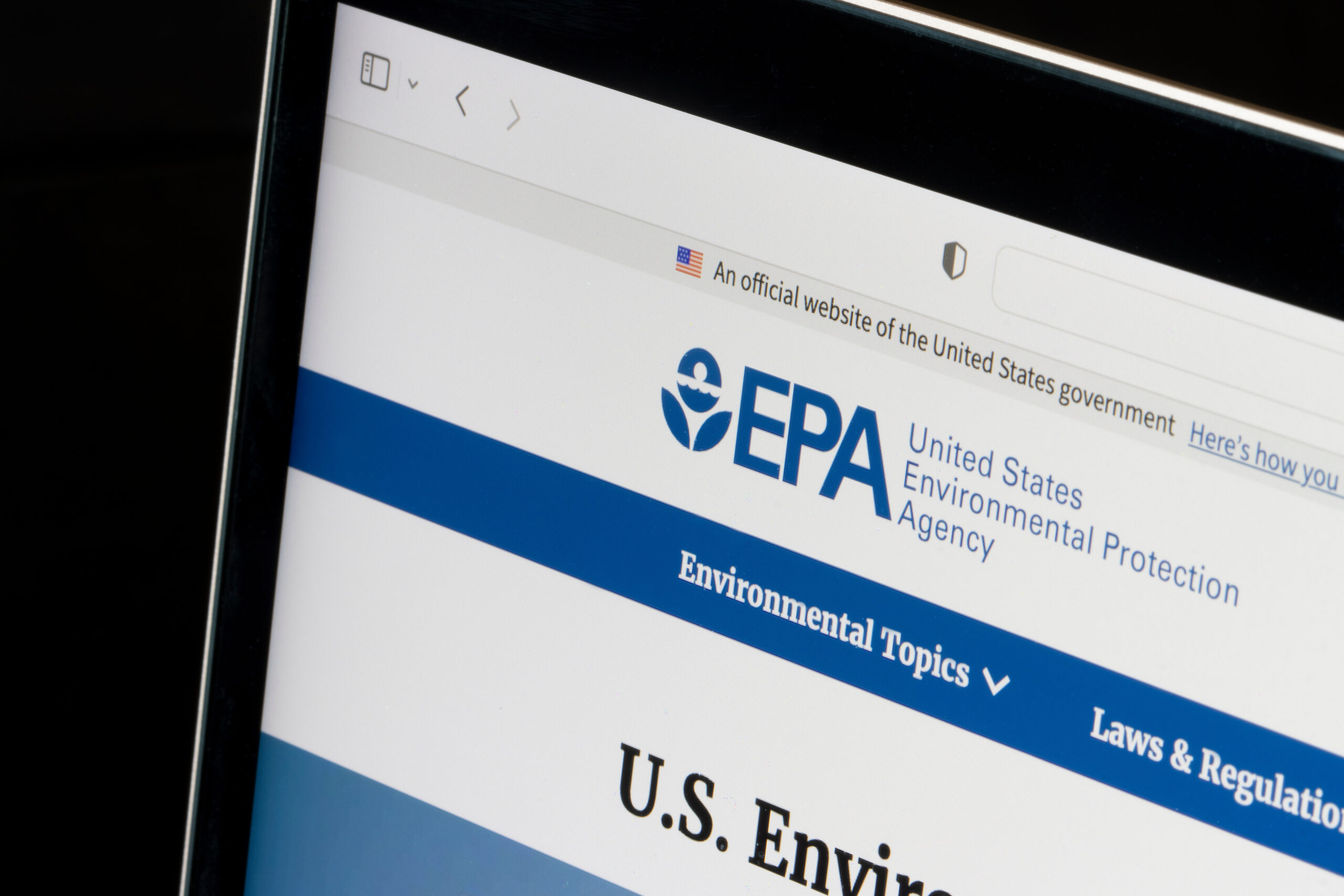Written by Steve Henshaw, President & CEO, EnviroForensics
As seen in the December 2013 issue of Cleaner & Launderer
On November 6, 2013 ASTM E1527-13 became official as the guidance standard used by environmental consultants for conducting Phase 1 Environmental Site Assessments. Environmental Site Assessments are required by banks and lenders before those entities loan money on real estate holdings and they are designed to identify potential or existing environmental liabilities associated with the subject properties. The reason that this is important to dry cleaners is that the new guidance puts greater emphasis on assessing the potential impacts from vapor intrusion and vapor migration on the property. In fact, the definition of a “release” within the guidance has been changed to include contamination in the subsurface vapor phase, in addition to the soil and groundwater.
The net result of this new guidance will be an increased focus on dry cleaners that used perchloroethylene (Perc). It’s fair to say that over the past 5 to 10 years, when consultants identified a current or historical dry cleaner on or near the subject property being evaluated, they would recommend that further investigation of the subsurface was necessary to evaluate whether environmental contamination was present. However, there was no defining requirement on how the subsurface would need to be sampled or investigated in order to determine whether the property was environmentally impacted or had an environmental liability. Consequently, consultants might collect soil samples in the subsurface and those samples may not have indicated contamination. The dry cleaner breathes a sigh of relief only to hear several years later that environmental contamination was detected beneath their property.
This story I’ve heard all too often and the reason can often times be easily understood. A release of a dry cleaning solvent can penetrate concrete and can find its way through cracks in the concrete floor. A release, even a small one, can create a small moisture path (envision a moisture tunnel) that will provide a pathway for future small releases to follow. These moisture paths have been well documented and they can literally reach the groundwater while not becoming obvious to the eye. If soil samples are collected from beneath the concrete floor, finding such a small diameter contaminant path could be like finding a needle in a haystack. Conversely, the dry cleaning solvent released tends to off-gas and the vapors rise toward the surface or finds pathways of lower resistance, such as the backfill of a utility corridor or cracks and fissures in floors and buildings. Collecting a soil gas sample may identify the presence of volatile organic compounds, where VOCs may not have been detected in soil samples.
If a shallow soil sample shows the presence of VOCs in a sample collected beneath a dry cleaning machine or in the area where a dry cleaning machine was formerly located, it is easy to infer that there was release in that area. If on the other hand, VOCs are identified in soil gas samples, one needs to assess more about the surrounding land uses and the likelihood that other sites may have caused the contamination identified in the soil gas sample.
The main thing to learn from this article is that the new property transaction guidelines must acknowledge that in assessing whether an environmental “release” occurred or is likely to have occurred at a subject property, the term “release” will now include the vapor phase, in addition to the soil and groundwater. The addition of needing to assess the subsurface vapor phase (soil gas phase) will result in increased sampling of this medium. The fate and transport of VOCs (e.g. Perc) in the subsurface vapor phase will result in an increased number dry cleaner sites that will be identified as potentially having had releases from their operations, which are now impacting nearby sites.
While this article is not encouraging news, it is important for dry cleaners to get their houses in order. Certainly dry cleaners need to be proactive with respect to following the current sate and federal laws, but they may also need to make engineering modifications to include containment pans beneath their dry cleaning machines and beneath the waste storage areas. Records should be reviewed and stored in a safe place such as a safety deposit box. Such records should include any and all insurance policies (especially older policies), leases, property transaction agreements, purchase receipts of equipment (e.g. dry cleaning machines, misters, filtration units, etc.), purchase receipts of dry cleaning solvents, and waste disposal records.
Additionally, a list of former business owners and operators should be kept. If you do not have these records, you need to write down as much information as you can remember because your memory won’t get better with time. List information about the historical operations, such as whom you purchased solvent from and, the names and last known addresses of former operators. Remember, old insurance policies can be worth millions of dollars to you if you have environmental exposure. These policies may apply to you, but they may also apply to former owners and operators, vendors and suppliers, so historical information and records may be of value to you down the road.
The sad thing about the environmental laws are that any person or entity that owned or operated a business or owned the property where hazardous constituents were used or hazardous waste was stored, and any person or entity that transported or disposed of hazardous waste and any person or entity that caused a release of hazardous constituents may be held joint and severally liable for environmental liabilities associated with those activities. The only silver lining is that if you find yourself in the cross hairs of being named a potentially responsible party (PRP) for such a liability, you want to know that other persons or entities may also have responsibility and in that situation, misery loves company.
With 30 years of experience, Mr. Henshaw holds professional geology registrations in numerous states. As President and CEO of EnviroForensics, Mr. Henshaw serves as a client and technical manager on projects associated with site characterization, remedial design, remedial implementation and operation, litigation support and insurance coverage matters. He has acted as Project Manager or Client Manager on several hundred projects, involving dry cleaners, manufacturers, landfills, refineries, foundries, metal plating shops, food processors, wood treating facilities, chemical blenders, and transportation facilities.
Mr. Henshaw has built a leading edge environmental engineering company that specializes in finding the funding to pay for environmental liabilities. By combining responsible party searches with insurance archeology investigations, EnviroForensics has been successful at remediating and closing sites for property owners and small business owners across the country, with minimal capital outlay from clients.
He is a regular contributing writer for several dry cleaning trade publications on environmental and regulatory issues and remains active with dry cleaning associations by providing insight on changes in law and policy



